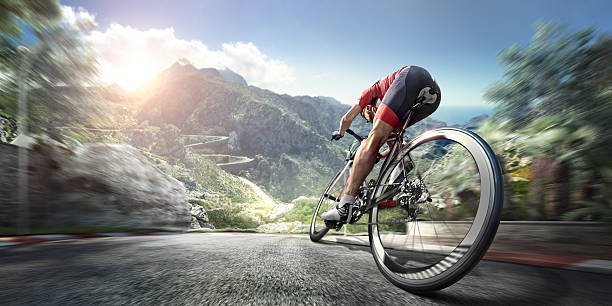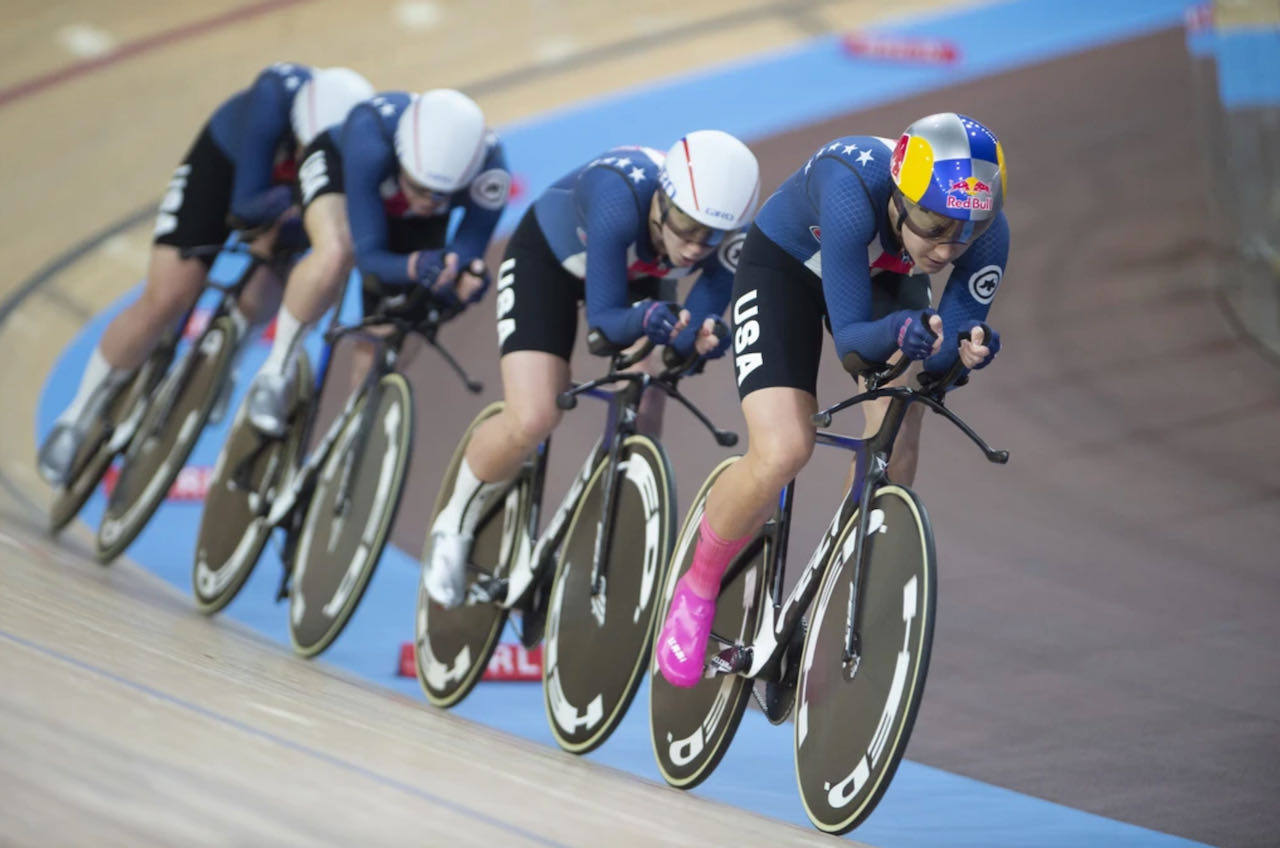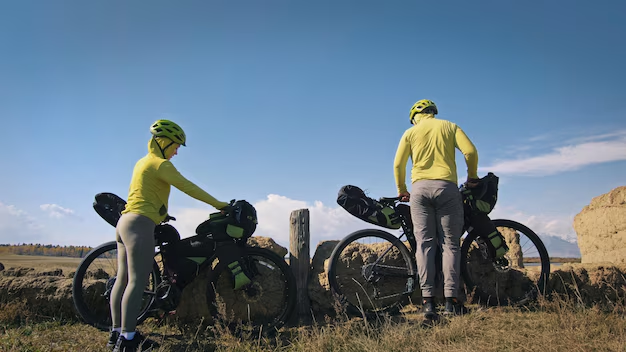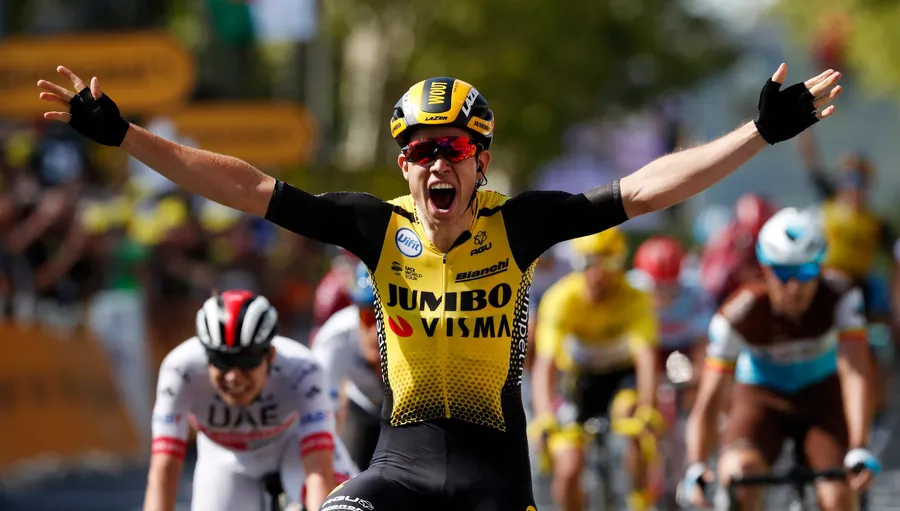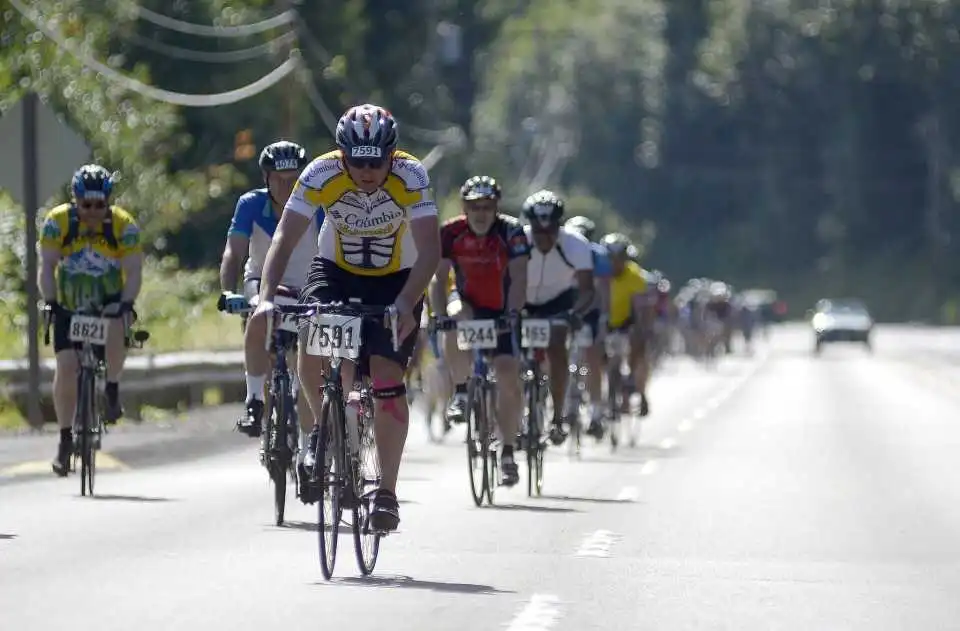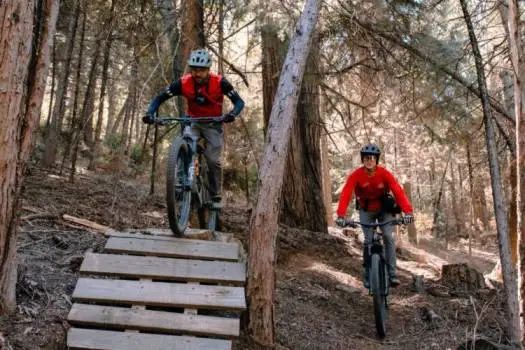Toolbox: Power training and indoor trainers for cyclists simply belong together. The pure efficiency and controlled environment of training indoors partners amazingly well with precise training based on specific targeted power numbers. The combination of accurate power measurement and controlled smart trainers has taken this to new levels.

Because more and more people are now training indoors with their bicycle power meters, we are seeing significant improvements in the effectiveness of indoor training.
But there’s always a catch.
Training indoors with precise performance numbers can have some negative effects on your training. The introduction of clear training targets measured by watts has brought about some bad training habits, and they’re often disguised as the desire to improve performance as we focus on increasing just one number: average watts.
Here are two ways to look at indoor power training differently to improve your results.
Power vs. Duration
The Challenge
The introduction of power to indoor training has created a focus on “more power” that can be detrimental to long-term improvement performance. I often see athletes constantly striving for more power (increased watts) as they think that this is the key to their breakthrough during base training. They often repeat similar aerobic workouts in their pursuit to track their improvement by targeting just higher power numbers. This obsession with power leads to problems with training focus and the need to constantly increase power, totally forgetting about increasing power duration and fatigue resistance.
The Solution
Change your thinking this winter. Focus more on power duration instead of pure power output.
Here’s a simple example. Say you do a lot of 2 x 20 minutes at tempo, sweet spot, or FTP training levels. This probably means you’re trying to get more watts each session, often turning tempo and sweet spot work into FTP intervals. I recommend that you focus more on increasing your time in those zones and let the power come up more naturally as you grow more fit. Instead of doing each 2 x 20 a few watts higher, progressively expand the duration of your time in that zones.
You could start at 2 x 15 minutes of SST and progress to 2 x 20 minutes and then then 3 x 15 minutes, which leads to 3 x 20 minutes of SST. I progress my athletes incrementally (often 1- to 2-minute increments) over the course of their base training, but there’s no reason to sit stagnant; I will rarely plan more than three workouts at the same time length before increasing the time demand. Just remember that your power numbers will be coming up as the time increases, so you’ll need to test and monitor other data to gradually move up your power targets.
Why give this a try? Results! Increasing your power duration/fatigue resistance is more likely to improve your results than adding a few more watts of pure power in the base training phase. How many times have you made the break and got into the lead pack only to be dropped or be unable to hold? You had the power, but you couldn’t sustain it. It’s time to change that.

Power vs. Normalized Power
The Challenge
The trainer supplies an excellent basis for doing steady state intervals as part of the winter base training but over time this can reduce your ability to produce power in a non-steady state. This can be viewed in as actual power vs. normalized power. Too much steady state will reduce the riders’ ability to transition back to the road come spring.
The Solution
Change up some of your intensive aerobic efforts (Tempo and SST) to be “over-under” style. Here are a few ways to change things up. Let’s say you have built up to 2 x 15 minutes of sweet spot training (SST), start adding 30 second bursts at 110% of threshold every 3 – 5minutes. This will produce some additional neuromuscular and cardio-vascular demand. This “over-under” style more mimics actual road performance.
Once you have done a few of those, try doing some “micro-interval” such as 4 x 10 minutes of 15 seconds hard, 15 seconds easy. Micro intervals will step up the neuromuscular demand even more and help prepare you for the transition back to the road.
Power vs. High Intensity
The Challenge
The trainer is hard enough and doing high intensity workouts on this torture device can be physically and mentally challenging. As a result, athletes tend to convince themselves to stay focused on aerobic efforts ranging from active recovery to intensive aerobic efforts such as SST and Threshold work. The problem is that this approach neglects the anaerobic energy systems and allows for its decline, often significant decline. This decline will need more training focus when you return to the road in spring.
The Solution
Add some High Intensity Interval Training (HIIT) to your training. HIIT is a “hot” topic right now and there is plenty of information on the internet. For cyclists with less than 6 hours a week to train, I do think that full HIIT can be a good solution, but if you have more time than that, let’s say 8-10 hours, taking a more traditional approach will generally yield better long term results.
That being said, adding some HIIT to your training is a very helpful way to maintain your anaerobic system and actually maybe even improve it. There are plenty of types of HIIT out there but I recommend a very intensive approach – true max efforts.
After the completion of at least 4-6 weeks of base training, try adding a HIIT day once every 10-14 days. A HITT day example is 5 x 40-60 second max efforts with a soft pedalling recovery of 8-12 minutes (not a typo) to really allow your body to recover.
Each target is max and your legs should be stone when you are done. Make sure you do these after a rest day and always warm up and cool down well. This intensive effort will drive both and anaerobic and aerobic response if you do them hard enough.
Power vs. Cadence
The Challenge
Power training is exactly what it sounds like: training by power. However, this has led to such a focus on output numbers of average power that I see more and more athletes not using their indoor training time to work on cadence drills and focus on potentially improving efficiency.
The Solution
Start using more of your available data to track and encourage the introduction of efficiency drills into your training. I have my athletes focus on two types of drills during their base build:
1. Fast Pedalling
This is the simplest of all the drills, but I add a twist. I suggest doing fast pedalling drills 2-3 times a week as 10 x 1 minute with 1 minute of rest, but I like to break them up by doing 5 x 1 minute just after warming up (before the actual workout effort), then completing the final 5 x 1 minute after the workout effort (just before cool-down). We want to get cadence above 125 rpm for the minute, to not focus on power, and to focus on spinning without bouncing.
2. Over Fast Pedalling
This is a slightly more complex drill (I call it “rate coding pedalling intervals”), but it’s very effective. Just like the fast pedalling drill above, these are 10 x 1 minute, but you need to start them in a mid-range gear, get your fast pedal up to max for 30 seconds, then shift into one easier gear, spin fast for 15 seconds, and shift again to one easier gear for the final 15 seconds. This fast pedal format will teach you to “over-spin,” as each gear shift will help you spin faster than you thought possible and help improve your neural muscular pathing and performance.
Summary
The winter is a great time to focus your training and maximize your returns by using a trainer. Make sure you have a great training plan.
Don’t try this at home!
About Tim:
Tim Cusick is the TrainingPeaks WKO4 Product Development Leader, specializing in data analytics and performance metrics for endurance athletes. In addition to his role with TrainingPeaks, Tim is a USAC coach with over 10 years experience working with both road and mountain bike professionals around the world. You can reach Tim for comments at [email protected] [email protected] To learn more about TrainingPeaks and WKO4 visit us at TrainingPeaks.com.

